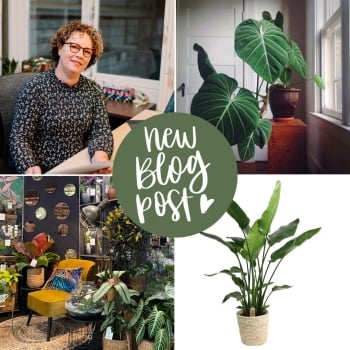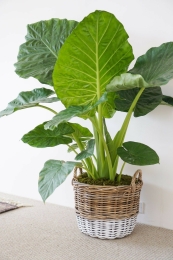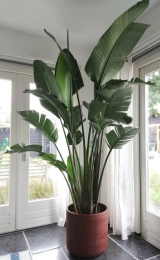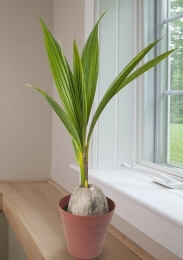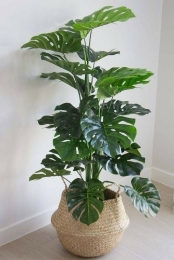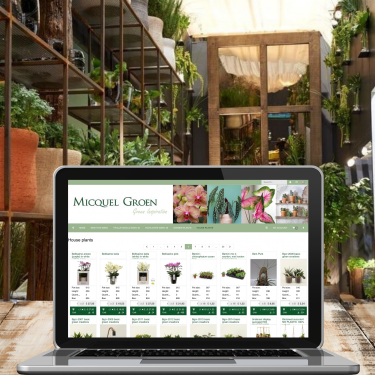After the pandemic, we need the outdoors more than ever. We have come to appreciate nature and earth more and this is also reflected in the interior. On the one hand by using natural colors like brown and green, on the other by creating a relaxing place.
Shades of brown bring warmth and security, shades of green liveliness and harmony. The fastest greener is, of course, the houseplant.
New trend in 2023; large trees or mega plants for our homes.
With a large houseplant in your home you make a green statement. Large houseplants often carry a higher price tag, but then again, you didn't have to wait years for the houseplant to grow from cutting to wall-to-wall beauty. But what is the most beautiful houseplant? From tropical bird of paradise plant to the primeval rubber plant: these are the most beautiful large houseplants.
